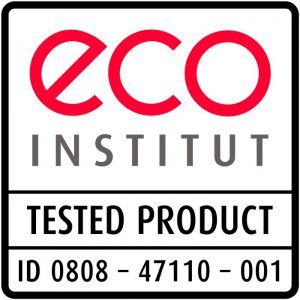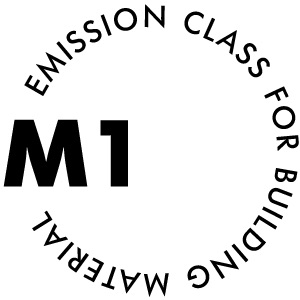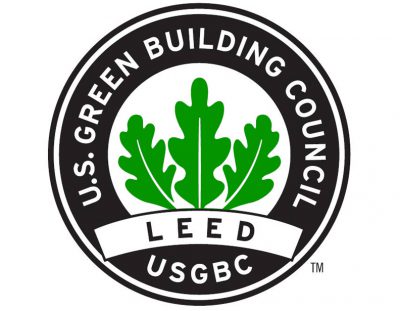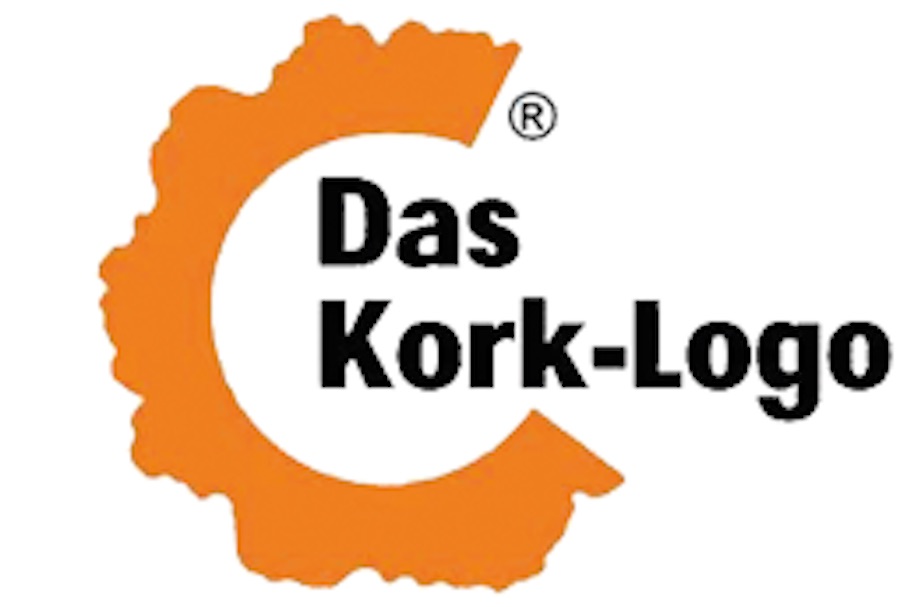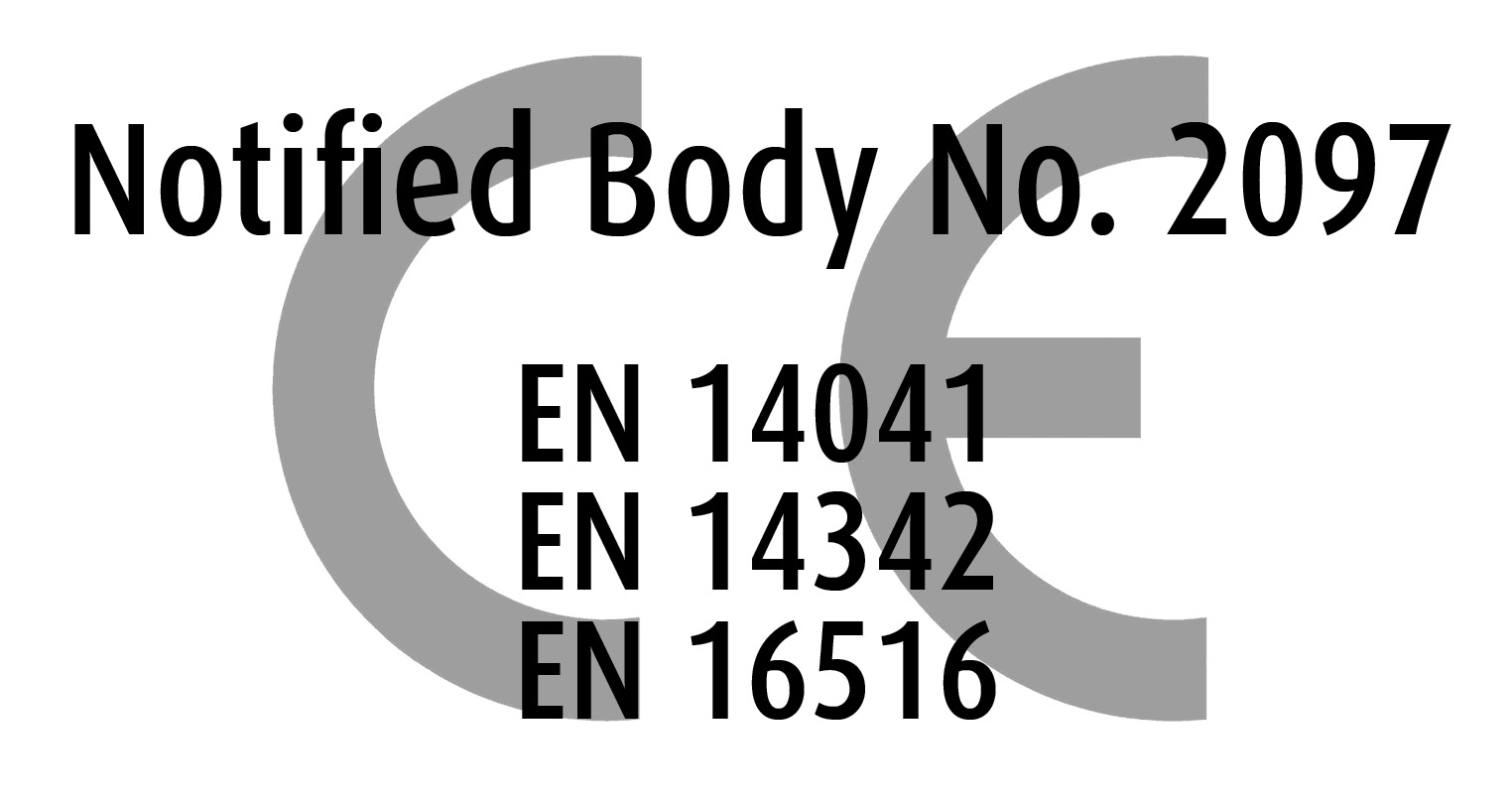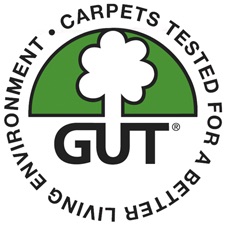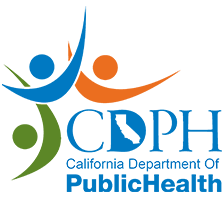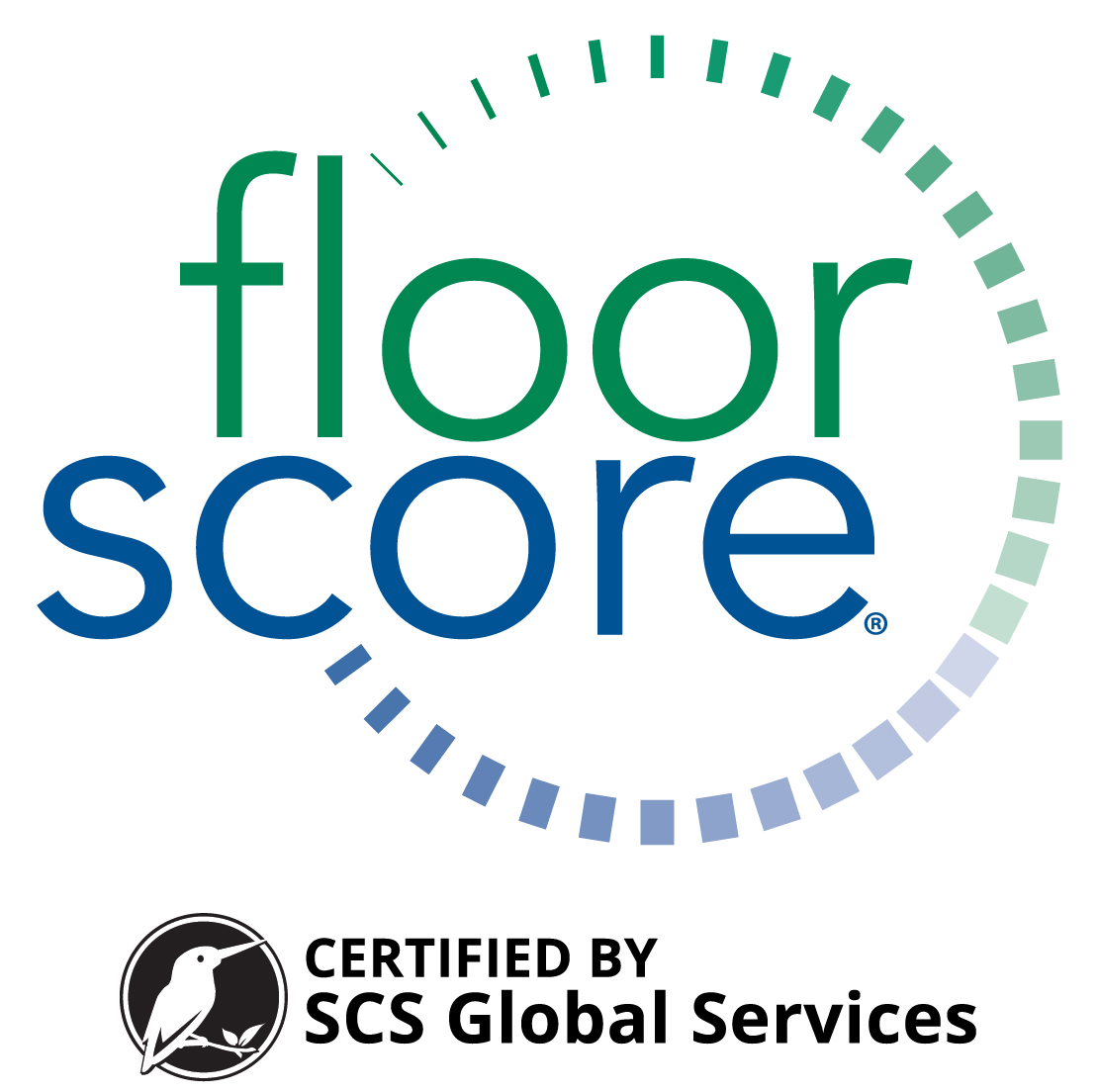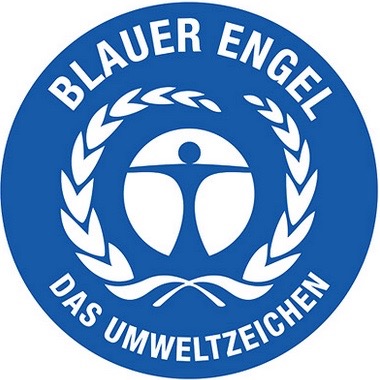
(1) Individual test programme
eco-INSTITUT examines construction products for emissions, critical substances and odours. We are happy to create an individual programme for your product development or optimisation.
(2) Voluntary quality labels
Manufacturers may prove on a voluntary basis that their product is low-pollutant and environmentally friendly. eco-INSTITUT is an approved testing laboratory for a large number of national and international quality labels. The respective certification body is responsible for awarding the respective quality labels.
eco-INSTITUT also offers its own quality label, the eco-INSTITUT label, which marks indoor products being non-hazardous to health and the environment.
In addition, eco-INSTITUT tests construction products for a number of building classification programmes.
(3) Legal requirements
All construction products placed on the market in a European country are subject to the European Construction Products Regulation (CPR), which also includes requirements for health and environmental protection. The EU has not yet specified these requirements in the respective harmonised EU product standards. Therefore, some countries such as Germany, France or Belgium have stipulated additional regulations and criteria for health assessment of construction products within the framework of approval. Certain construction products must be subjected to an emissions measurement and comply with the respective limit values.
In Germany, the approval of construction products is regulated by the Model Building Regulations (Musterbauordnung, MBO), which stipulates general requirements for buildings. The MBO is concretised by the Model Administrative Regulation for Technical Building Regulations (Musterverwaltungsvorschrift Technische Baubestimmungen – MVV TB) – also with regard to health protection: In Annex 3 to Annex 8 there is, in addition to health requirements, a list of construction products emitting VOCs and thus having an impact on indoor air quality.
Manufacturers of construction products have different possibilities to prove health protection according to the MVV TB – depending on whether a harmonised EU product standard exists for the respective construction product or not: by a European Technical Assessment (ETA), by voluntary verification, by a general technical approval (abZ) or by approval in individual cases.
CASE 1: For construction products without a harmonised EU product standard, technical building code or other technical rule (unregulated construction products) that require a proof of applicability according to MVV TB , such as e.g.
- floor coatings,
- floor covering adhesives,
- laying materials,
- decorative wall coverings or
- surface coatings for for wooden flooring and resilient floor coverings
a abZ (alternatively a ETA ) must be applied for. The construction products are tested on emissions and have to comply with certain VOC limit values (according to the DIBt principles for the health assessment of construction products for indoor use). The products are then marked with the Ü mark (conformity mark).
CASE 2: For construction products without a harmonised EU product standard that do not have to proof their applicability according to MVV TB , e.g.
- wall paints
neither a abZ nor an emissions measurement is mandatory. In general, however, voluntary emission certificates make sense here as well, as the products concerned may have a relevant impact on the indoor air quality.
CASE 3: For construction products with a harmonised EU product standard such as
- wooden flooring and parquet (EN 14342),
- resilient floor coverings (EN 14041),
- textile floor coverings (EN 14041) or
- laminate (EN 14041)
manufacturers can prove the missing health requirements of the EU product standards by means of a voluntary proof or within the framework of a ETA . The construction products are tested on emissions and must comply with the VOC limit values according to MVV TB , Annex 8 (corresponds to the DIBt principles on health assessment of construction products in indoor spaces). The products are then labelled with the CE marking.
In addition to Germany, France and Belgium have stipulated legal regulations on VOC emissions from construction products specifying the requirements of the CPR . In order for a construction product (such as floor coverings, paints, windows, doors or wall and ceiling coverings) to be traded in these countries, it must meet the emission requirements of the French VOC Regulation or the Belgian VOC Regulation.
eco-INSTITUT is test lab and contact for the following test programmes and quality labels for construction products and floor coverings:
